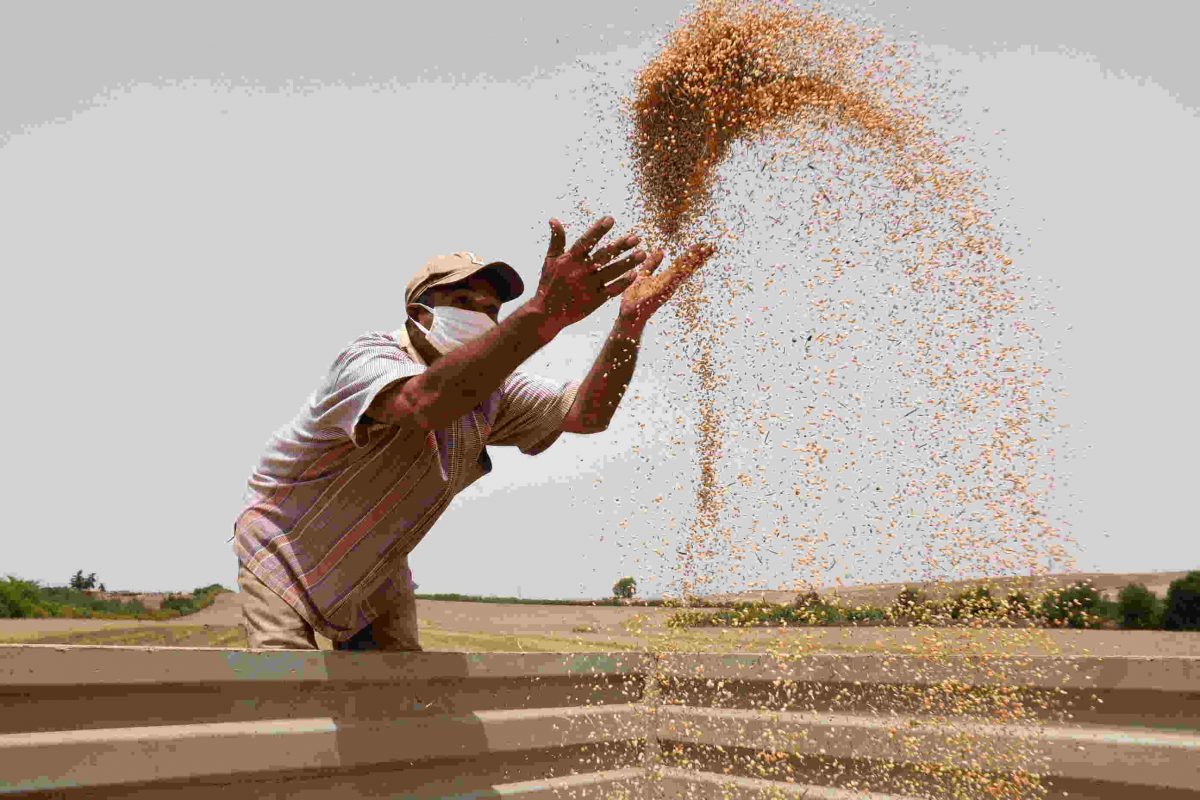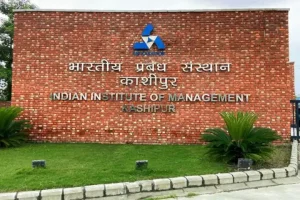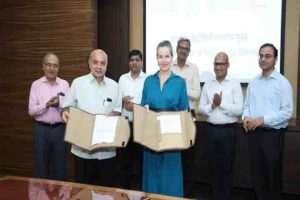India’s next focus will be on increasing millet production. Untimely rains in the last few days which have dented rabi crops including wheat and paddy have once again highlighted the importance of millets, which are not only drought resistant but can also withstand heavy rains.
Millet crops also take less time to grow.
Increased cultivation of millets will therefore benefit farmers.
Rajasthan, Karnataka, Maharashtra, Uttar Pradesh, Haryana, Gujarat, Madhya Pradesh, Tamil Nadu, Andhra Pradesh and Uttarakhand are the main millet producing states.
An acre of paddy would require about 1,200-1,500 ML of water. Millet farming per acre requires about half that– 600-800 ml of water.
Millets, being touted as super foods, currently account for less than 10 per cent of the total foodgrain basket in India. Until its production is increased millets cannot be widely used for public distribution system (PDS). At a later stage, these short nutritious grains may be also be distributed for mid-day meals and also at the Anganwadi centres.
Beginning April 1, the Indian Army is set to introduce millets and millet flours for soldiers’ rations.
“We can increase millets in our daily consumption pattern only when the production increases..that is now the focus,” a senior government official told India Narrative. However, increased production of millets should enlarge the food plate of India and not lower it by reducing other crops yields, a food expert noted.
While millets have been prevalent in ancient India, its consumption dropped after the green revolution that expanded paddy and wheat cultivation.
“The ongoing Russia Ukraine war has reminded the world that availability of food is most crucial. India must be seen as the key global player in providing food security to the world, the Centre is working towards that,” a person with direct knowledge on the issue said.
Food habits change gradually. “We are aggressively trying to raise awareness of the health benefits of millets and the unique cooking techniques,” the person added.
As this year is being marked at the International Year of Millets, the Narendra Modi government has embarked on an aggressive drive to promote these grains or “Shree Anna” with the aim to position India as the seat of wellness and health while taking the lead space in achieving global food security.
Also read: PM Modi’s pitch on millets docks with India’s drive for a healthier planet



















